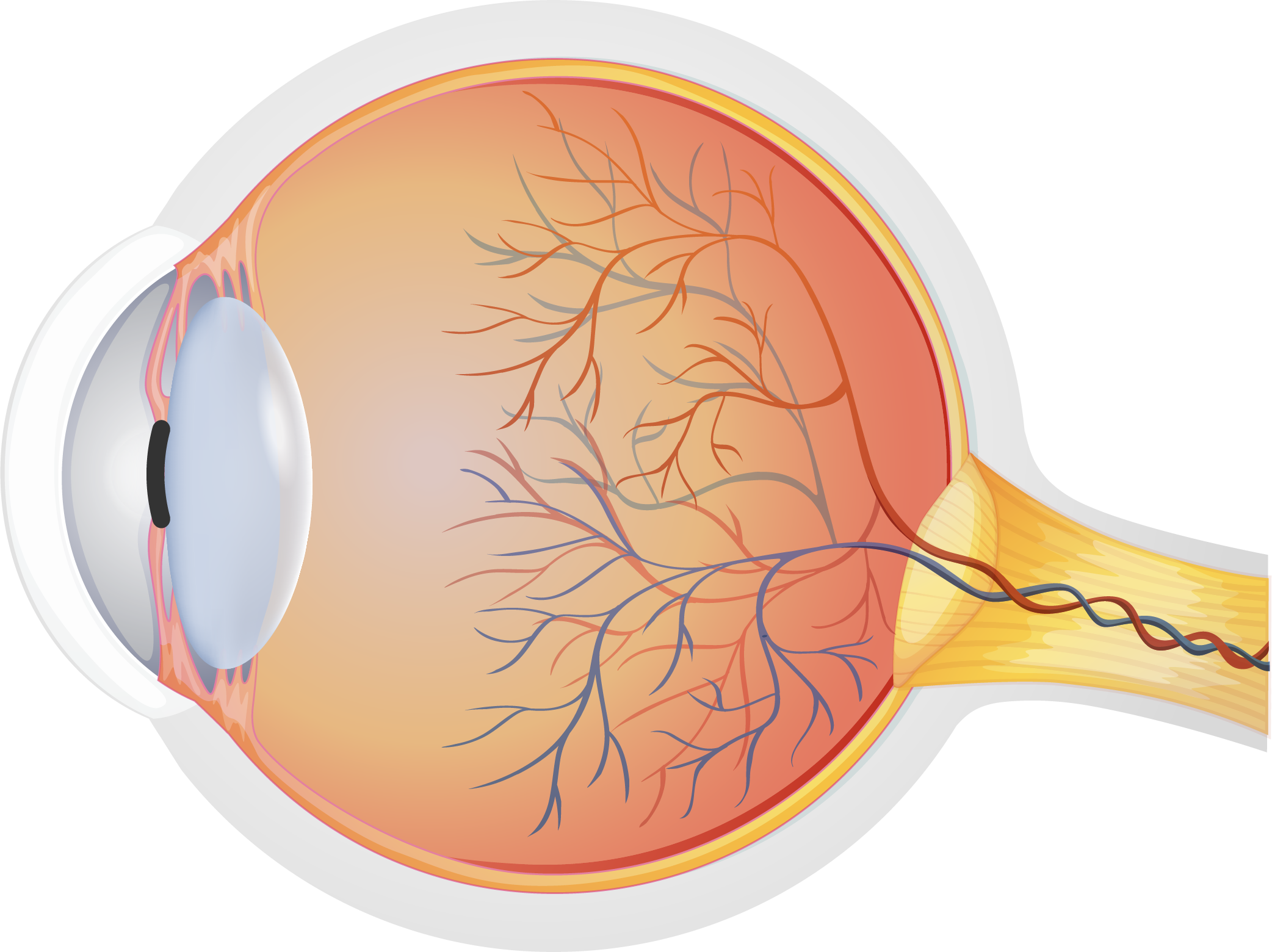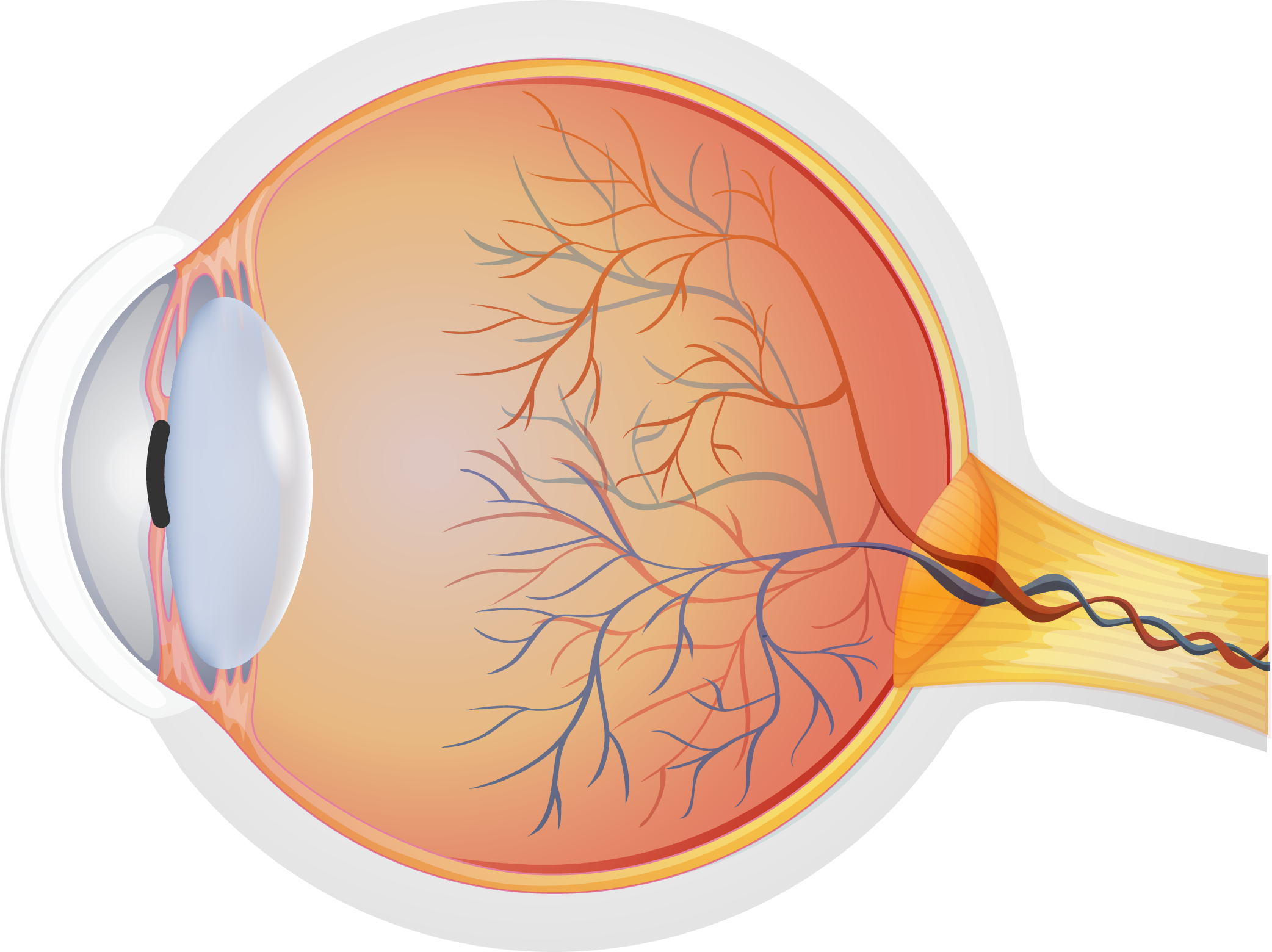Ophthalmological diseases
Here you can discover the most important eye diseases and we will help you to recognise their symptoms and tell you how each condition is treated.
Glaucoma
What is glaucoma?
Glaucoma is damage to the eye’s optic nerve. It is usually caused by a lack of drainage in the eye and increased intraocular pressure generated by excess intraocular fluid, which leads to a progressive increase in pressure on the optic nerve. As the pressure on the optic nerve intensifies, the nerve fibres are increasingly affected, resulting in irreversible damage. This damage leads to loss of vision, the extent of which varies according to the damage to the optic nerve.
The main factor that increases the likelihood of having glaucoma is ocular hypertension. There are also other risk factors, such as having a family history of glaucoma, refractive problems such as myopia or hyperopia, smoking and the use of steroids. The probability of having glaucoma also increases with age, and this disease is the leading cause of blindness in people over 60 years of age.

Healthy eye

Glaucoma
Symptoms
The following symptoms are common in patients with glaucoma:
- Loss of vision in the peripheral or lateral field of vision and, in some cases, loss of central vision
- Falls: glaucoma increases the risk of this type of accident by four
- Acute attacks of glaucoma, characterised by:
- Red eye
- Intense pain in the eye
- Blurred vision or halos around lights
- Nausea or vomiting
Treatment
Cases of glaucoma are generally controlled with the daily application of eye drops that help reduce intraocular pressure. These drops are usually administered in combination with specific medications to treat glaucoma. In other cases, laser surgery (trabeculoplasty and iridotomy) or conventional surgery may be used to help drain the intraocular fluid. If glaucoma has caused an ocular thrombosis, treatment with intraocular injection of drugs can be used to help eliminate the fluid build-up.

